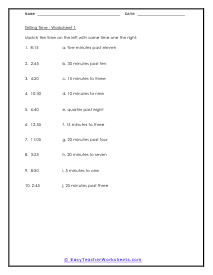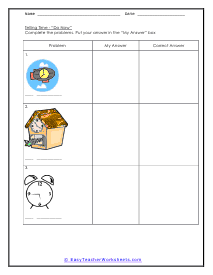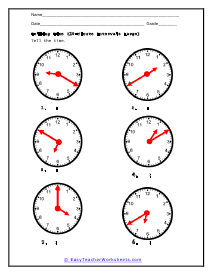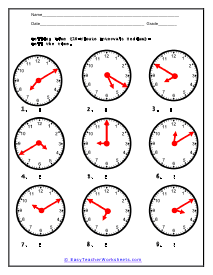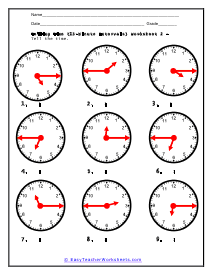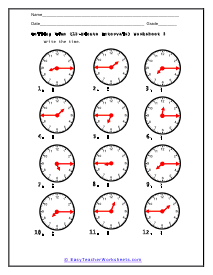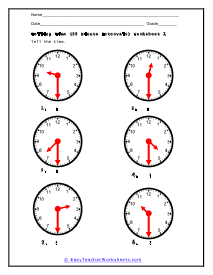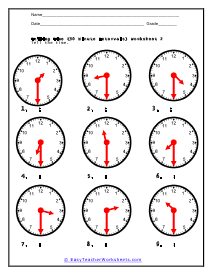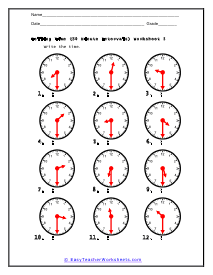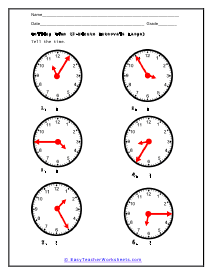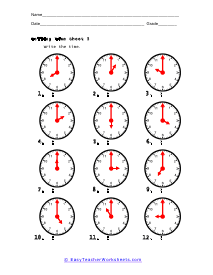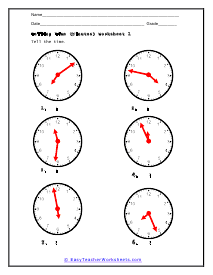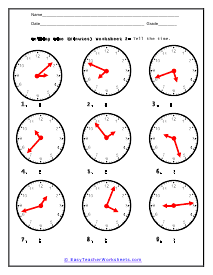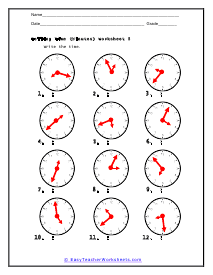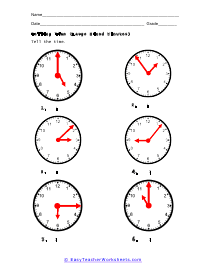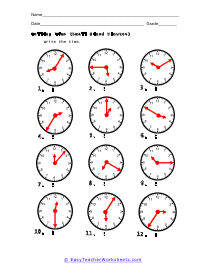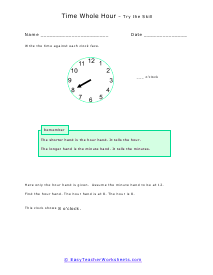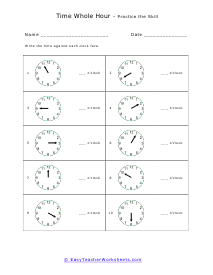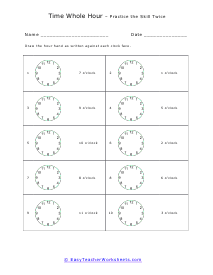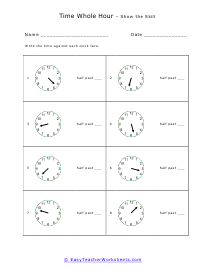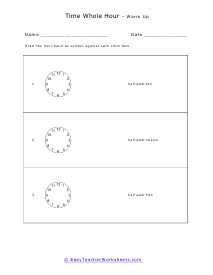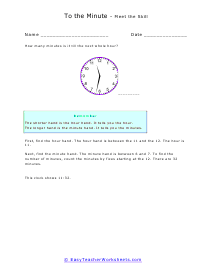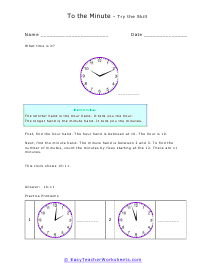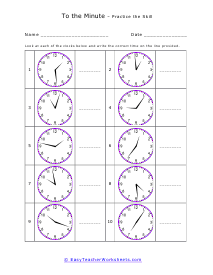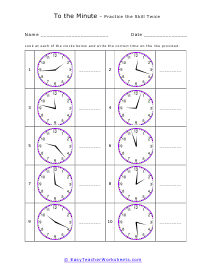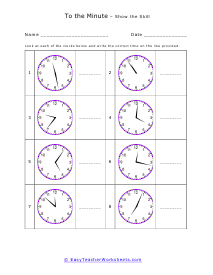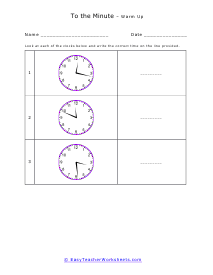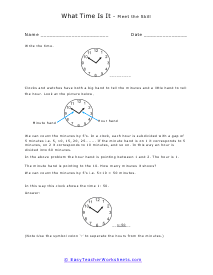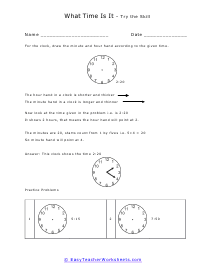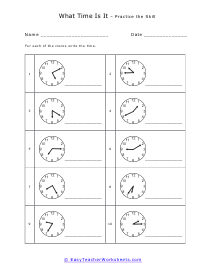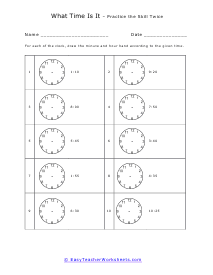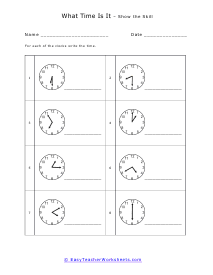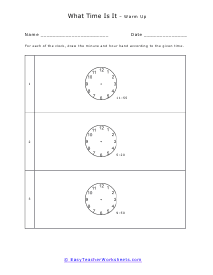There are a few different ways to learn how to read the time that a clock is measuring. The first step is to tell them what each hand does. You do not have to make them learn about the second hand just yet. The shortest hand shows the hours and the long one shows the minutes. The next step is to understand the different in multiple time periods. In other words, you need to tell them that 15 minutes pass when the long hand is on any of the multiples of 3. For instance, if you look at the picture below, you will see that the shorthand is on 7 and the long on 3. It means that time is 7:13. Now, that the students learned that, now you must tell them whenever the longer hand is on 3 and 9, the world quarter is involved. When it is 3, then it will state that the time is quarter past whatever the shorthand is on. If it's on 9, then the time is quarter to what the next number on the shorthand is. Now, if the long hand is on 6, then it will be half past whatever number it belongs to.
These worksheets explain and offer students an opportunity to practice telling time. Topics include reading fifteen minute increments on a clock, thirty minute increments on a clock, five minute increments on a clock, and hour minute increments on a clock. Students will also draw hands on the clock in five, ten, fifteen, thirty, mixed minutes, and hour increments. Clock face worksheets are provided in small (12 clock faces), medium (9 clock faces), and large (6 clock faces). They will also practice telling time on a variety of clock face images. This set of worksheets contains step-by-step solutions to sample problems, both simple and more complex problems, a review, and a quiz. It also includes ample worksheets for students to practice independently. When finished with this set of worksheets, students will have an understanding of time and how it is measured and be able to tell time on a standard clock face. These worksheets explain how to tell time on a standard clock face. Sample problems are solved and practice problems are provided.
















































